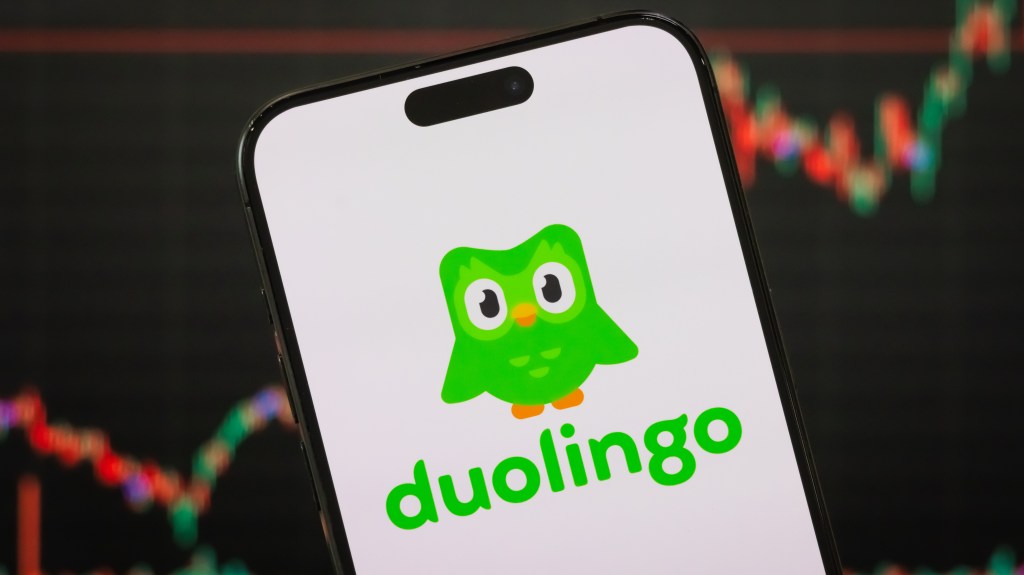Duolingo Shifts to AI-Driven Model, Phasing Out Contract Workers
Duolingo’s leadership has announced a strategic transition towards using artificial intelligence (AI) to replace contract workers as part of its goal to become an “AI-first” organization.
In a communication to employees shared on Duolingo’s LinkedIn profile, co-founder and CEO Luis von Ahn stated that the company must “rethink much of how we work”. He emphasized that simple adjustments to current human-centric systems would not suffice.
As part of this transition, Von Ahn indicated that Duolingo plans to “gradually stop utilizing content creators for tasks that AI can efficiently manage” and will leverage AI for recruitment and performance assessments.
“To provide quality education, we must generate a significant amount of content, and doing that manually is not sustainable,” he explained. “Without AI, scaling our content to reach more learners could take decades.”
Von Ahn likened this AI shift to the company’s significant investment in mobile technology in 2012.
“When facing such a major change, the worst approach is to wait. In 2012, we anticipated the mobile trend. While other companies created mobile-compatible apps, we chose to develop a mobile-first platform as we recognized it as the future,” he noted.
Despite this shift, Von Ahn reassured employees that Duolingo remains committed to their welfare, clarifying that this move aims to “eliminate bottlenecks”. He assured that staff will receive enhanced training and tools to adapt to AI technologies.
Founded in 2011 by Von Ahn and Severin Hacker at Carnegie Mellon University, Duolingo has become a popular app available in over 100 countries. The company made its public debut on the Nasdaq stock exchange in July 2021 with a valuation reaching $6.5 billion after a 40% share price increase on its first day.
Recently, Duolingo projected annual revenue exceeding Wall Street’s expectations, predicting a rise in subscriptions benefitting from its AI features.
Operating on a “freemium” model, Duolingo offers essential services for free, while advanced functionalities can be accessed through paid subscriptions.
It also features two subscription plans: a “super” tier for dedicated users and a “max” tier that includes a generative AI-driven function enabling simulated conversations via video calls.
By the conclusion of its fiscal year 2024, Duolingo expects to have achieved a total of 9.5 million paid subscribers, a 51% increase compared to the previous year, with daily active user counts rising to 40.5 million.
To attract more subscribers and increase revenue, Duolingo has recently extended its AI features to additional languages, although the video call component of its max subscription has raised costs.
The company noted that the discussion surrounding the TikTok ban in January, combined with a marketing strategy where its mascot, Duo, pretended to die and then returned, prompted a spike in user engagement in February.
For 2025, Duolingo anticipates revenues between $962.5 million and $978.5 million.
Duolingo’s shares, having risen over 170% since going public and gaining 70% in the past year alone, saw a slight decline of 0.4% during morning trading sessions in New York.




Post Comment